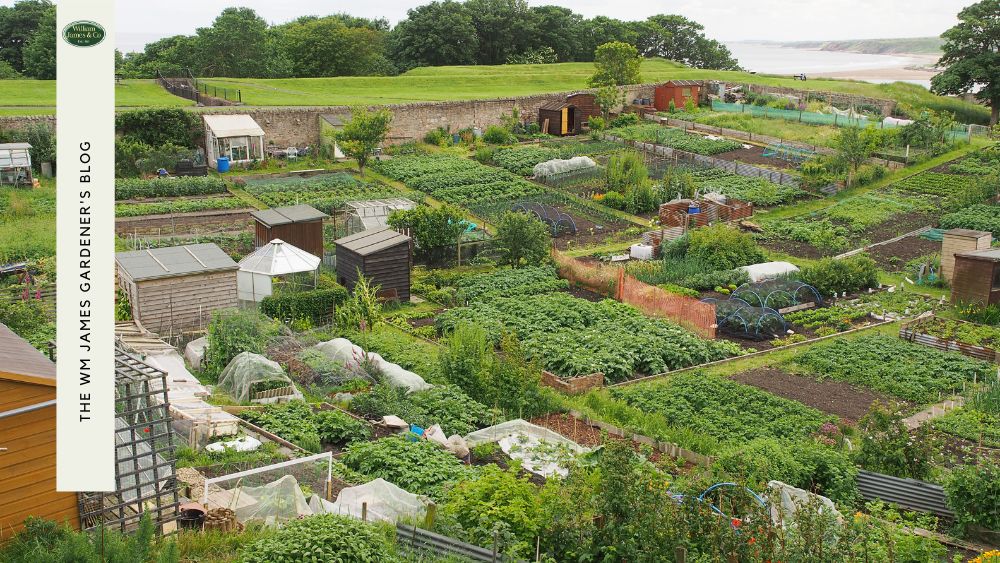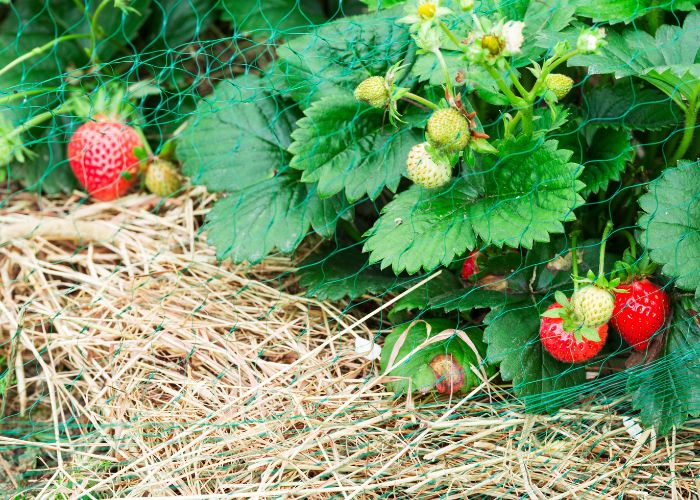We use cookies to make your experience better. To comply with the new e-Privacy directive, we need to ask for your consent to set the cookies. Learn more.
What You Need To Know About Buying Second-Hand Fruit Cages
- Admin
- WM James Gardening Blog
- 1 May 2023
-
28views

Is it really okay to buy second-hand fruit cages? Read our advice on what to look out for before making the purchase!
Buying second-hand always gives that feeling of satisfaction. You're spending less money and putting something unwanted to good use! And gardening equipment is no exception.
In fact, as long as it's made from durable materials, second-hand gardening equipment can be the most cost-effective route and work well for beginners and experienced gardeners.
So, why are fruit cages so important? What are their benefits, and can you really get a good second-hand fruit cage?
Read on to find out exactly why you should be using fruit cages in your garden and how WM James can help you up-cycle your second-hand purchases for brand-new effectiveness!
Types of Fruit Cages and Why You Need Them
There are two main factors that tend to distinguish fruit cages: whether they are walk-in cages or lower, free-standing cages.
Fruit cages are also manufactured using different metals, which offer different benefits and inform what type of fruit cage you should buy to suit your needs.
Walk-In Fruit Cages
Walk-in fruit cages are the more traditional type of fruit cage. They are often tall enough for most to walk comfortably through and offer some additional protection from birds and other pests.
Walk-in cages work perfectly for those with larger gardens and vertical space. They're also a great option for ergonomic purposes.
Our Classic Steel Walk-in Cage is over 2.36m high and can even be ordered in custom widths and lengths to suit any garden space to allow you to work freely. The cage also offers a 1m wide door for easy wheelbarrow access, which is ideal for transporting your fruits, vegetables and other items in and out of your cage.
Shop Our Premium Aluminium Vegetable Cages
Low Fruit Cages
Low fruit cages are smaller than walk-in cages – as you might gather from the name! They’re much better suited to gardens with limited space or for gardeners who’re only growing a small fruit or veg patch. But they still offer the same great protection as the larger cages, just on a smaller scale!
We manufacture low fruit cages in both aluminium and steel, both providing the same great protection for your crops and durability to ensure it stands up to the elements.
Buying Second-Hand Fruit Cages: Getting More for Your Money
Buying second-hand fruit cages is an excellent way of adding to your garden's effectiveness without breaking the bank.
Fruit cages made with high-quality aluminium and/or steel last for years, meaning you shouldn’t need to worry about them being too worn out when you buy a second-hand one.
However, it’s important that you give your cage a thorough check-over to make sure all of the parts are in working order.
Spare Fruit Cage Parts & Netting from WM James
At WM James, we have a ton of fruit cage spare parts for you to replace any parts that have worn down over time. We have everything from netting clips to steel foot plates and support struts, so you can be sure that your cage will work as it should.
And if you ever need any advice on how to put your fruit cage together or maintain it, our friendly team is always on hand to help.
Not only that, but we also offer bespoke fruit cage netting, so if your second-hand netting needs replacing (or you didn’t get any included with your cage), we can help you out.
Simply let us know the measurements of your fruit cage roof and sides, and we can cut fruit cage netting to fit perfectly.
Our knotless netting provides strong and reliable protection for your plants against hungry birds and other pests, keeping them safe from harm. Plus, the polyethylene used in our netting is UV-resistant, so you won’t need to worry about it wearing down over time.
WM James products are designed with expert knowledge and garden-loving care, so you can be confident that your fruit and vegetables will be safe all year round.
Shop our range of fruit cage spare parts and netting to get your second-hand fruit cage up and running.

FAQs
What Is The Best Material For A Fruit Cage?
Steel fruit cages are sturdy and long-lasting, offering the heavy-duty equipment you need for a well-protected veg patch. Aluminium cages are preferred for those who wish to easily set up and move their fruit cages around. Aluminium is lighter, robust and durable, making it the ideal option for versatile uses.
How Tall Should A Fruit Cage Be?
Fruit cages typically begin at around 0.5m tall. Low fruit cages such as this allow for low-growing fruits, such as salad crops and strawberries to thrive, and they’re a good option if you’re lacking in garden or allotment space.
Fruit cages can, however, come as tall as 2m high. Walk in fruit cages are great, ergonomic choices for those looking to tend to their veg patch with ease and allow for wheelbarrow access.
How Do You Secure Fruit Cage Netting?
You'll want to use cable ties to secure the netting to the frame of the cage, making sure to pull the netting taut before securing it. S-shaped netting clips should then be used to join the roof netting to the side netting, forming a secure bond between the two.
How Do You Set Up A Fruit Cage?
You should first determine the best position for your cage. Then, build the frame, making sure everything is securely connected. Take your netting and cable-tie it to the sides and roof of the frame, using netting clips to join the netting together, making sure there are no gaps. Once the cage is built, use stakes to secure the frame into the ground at each corner and along the sides.













